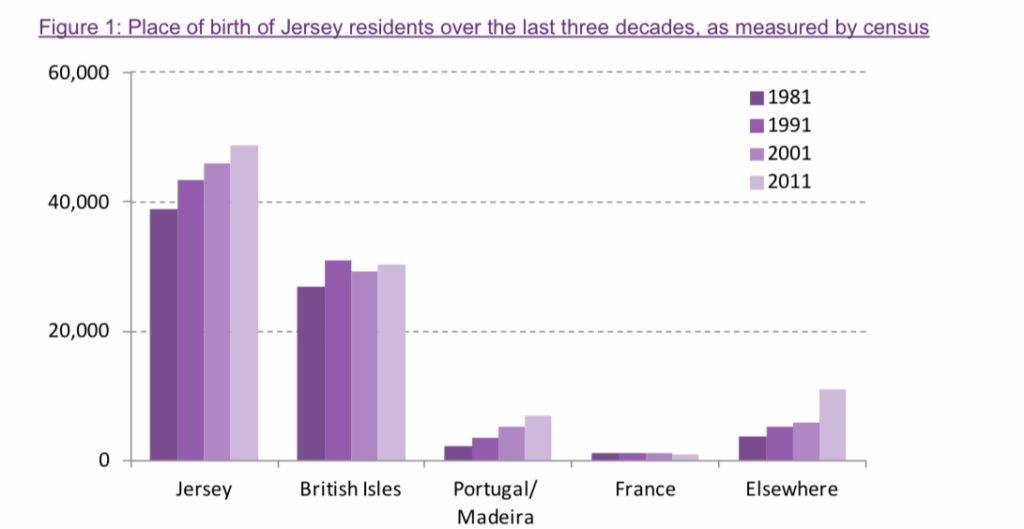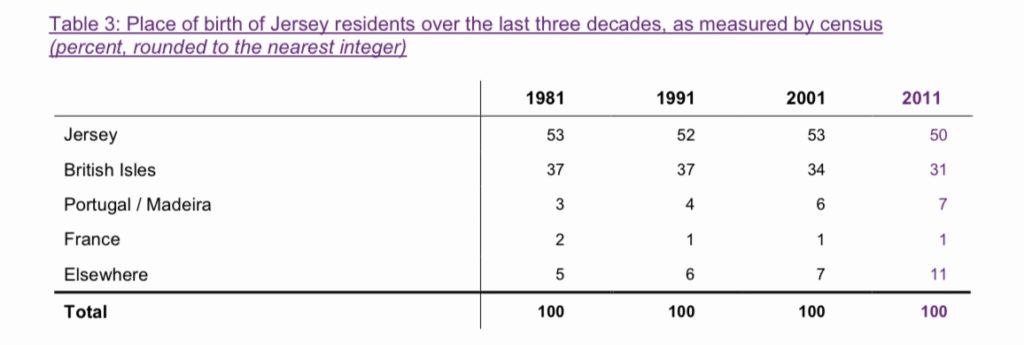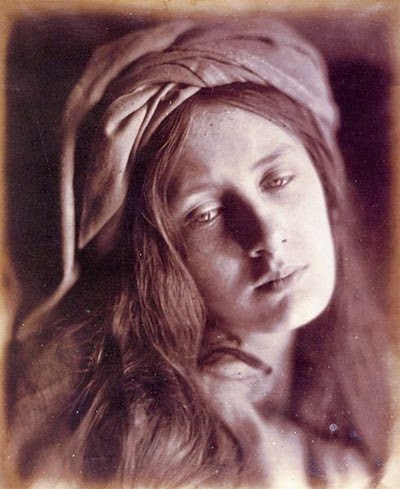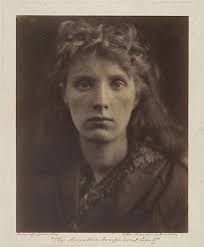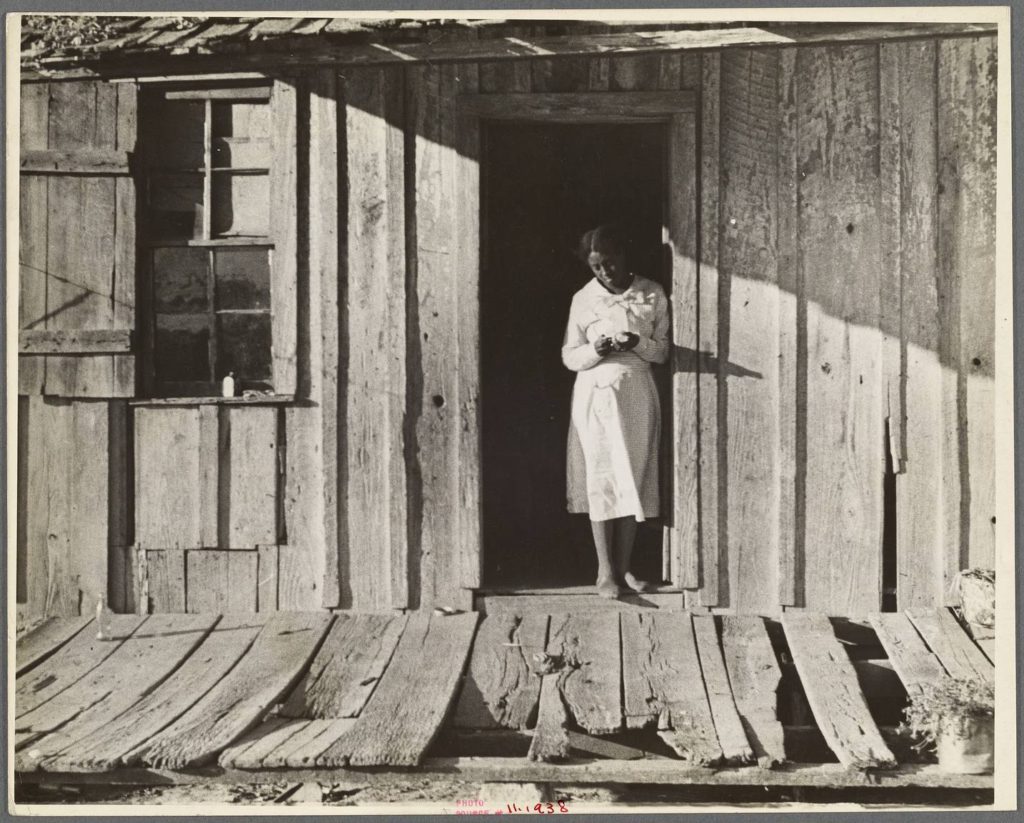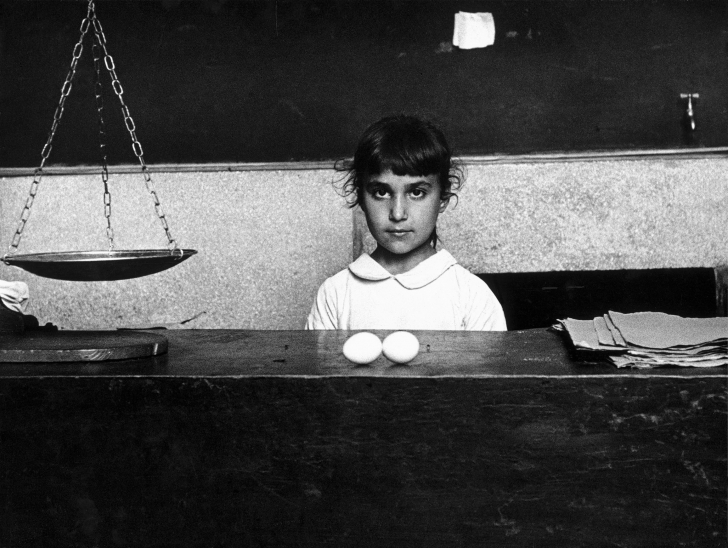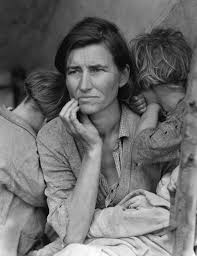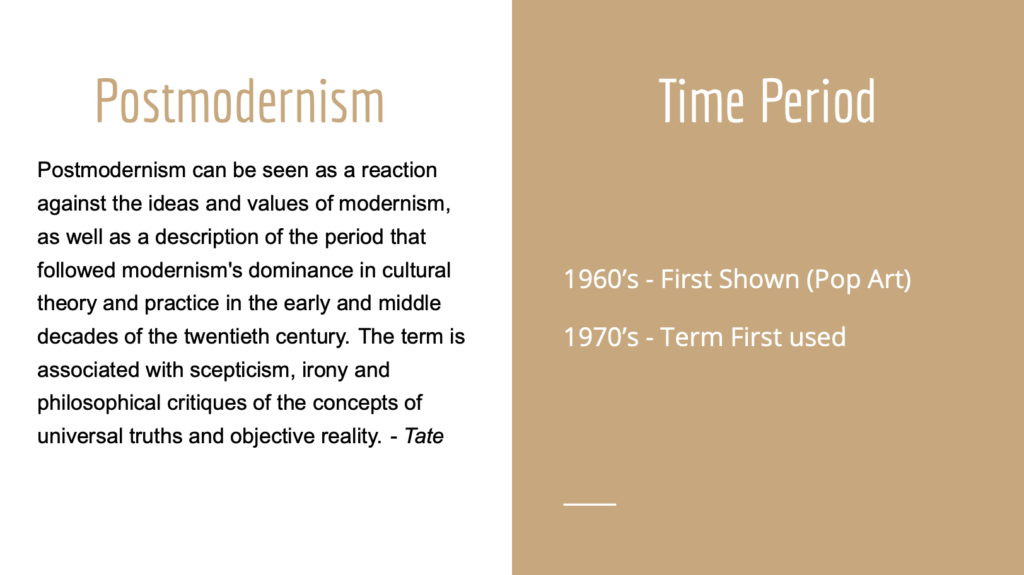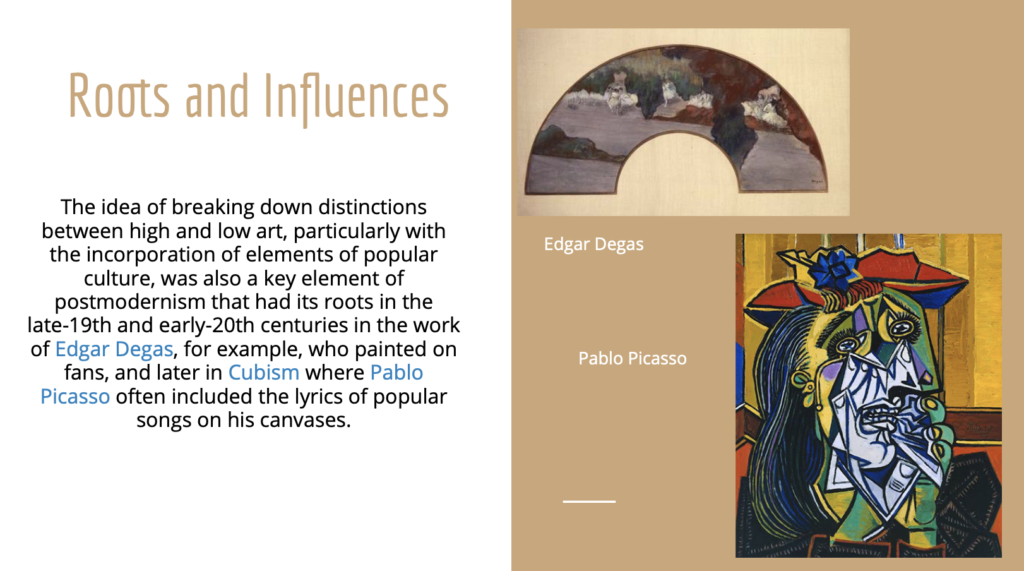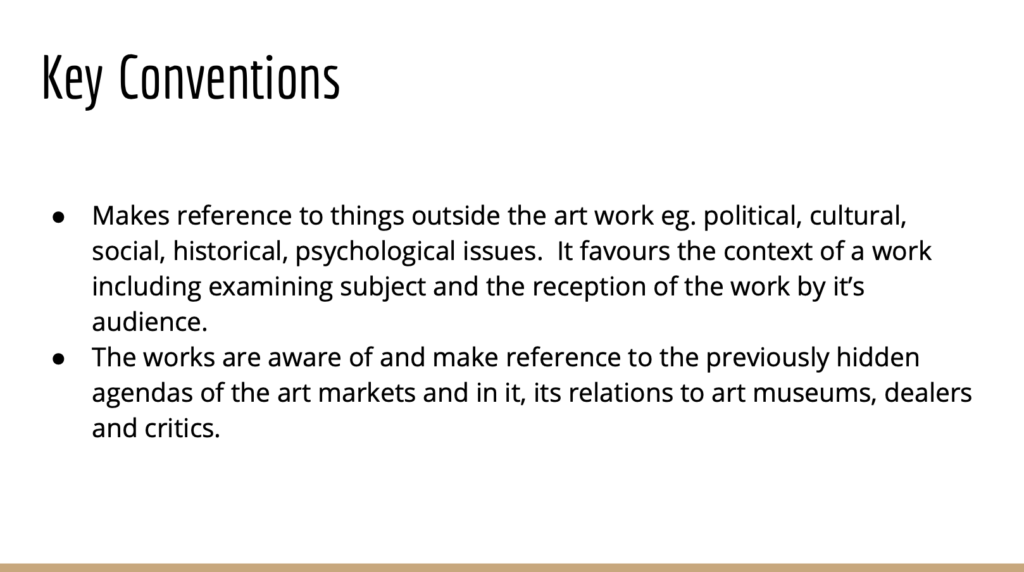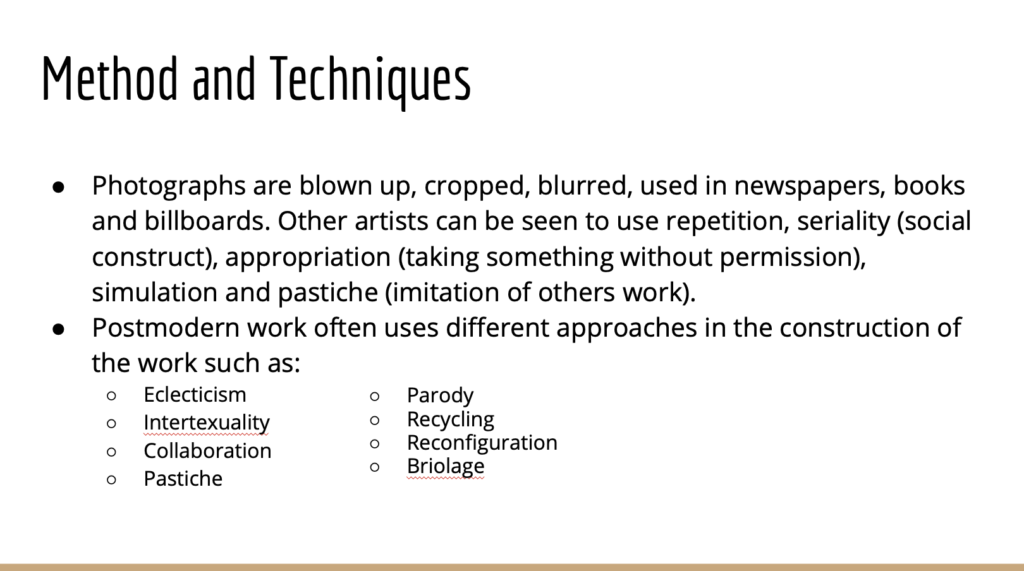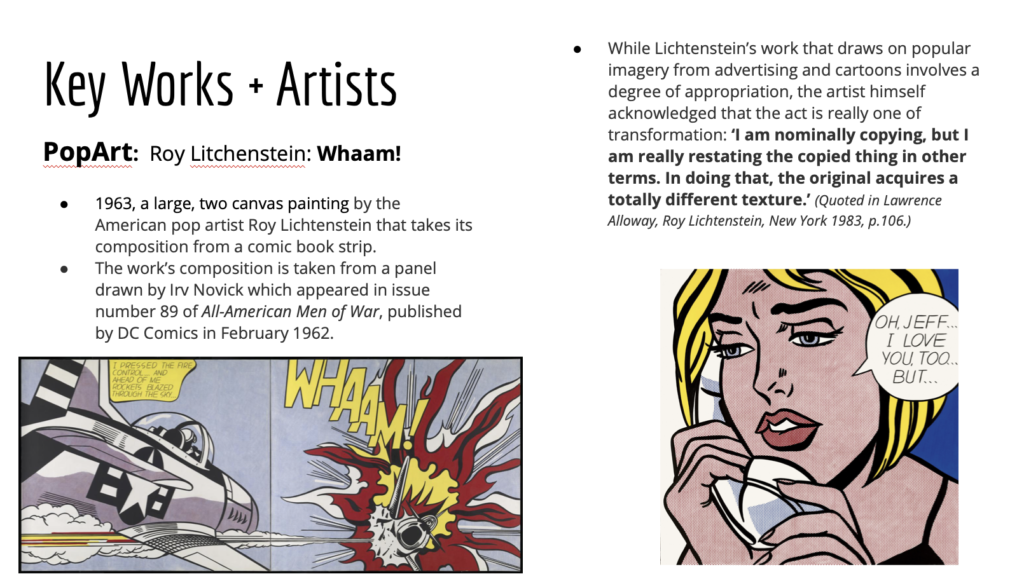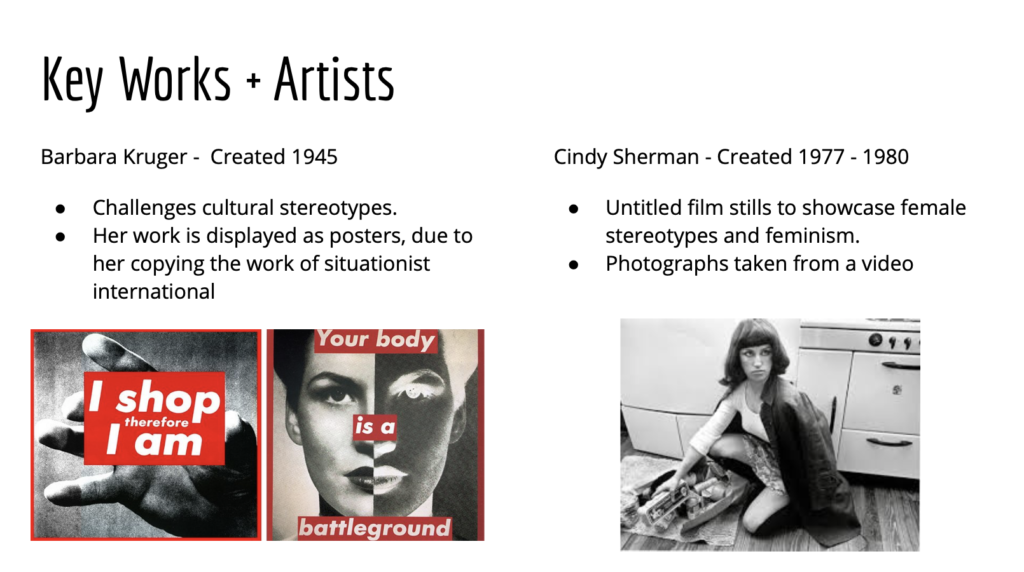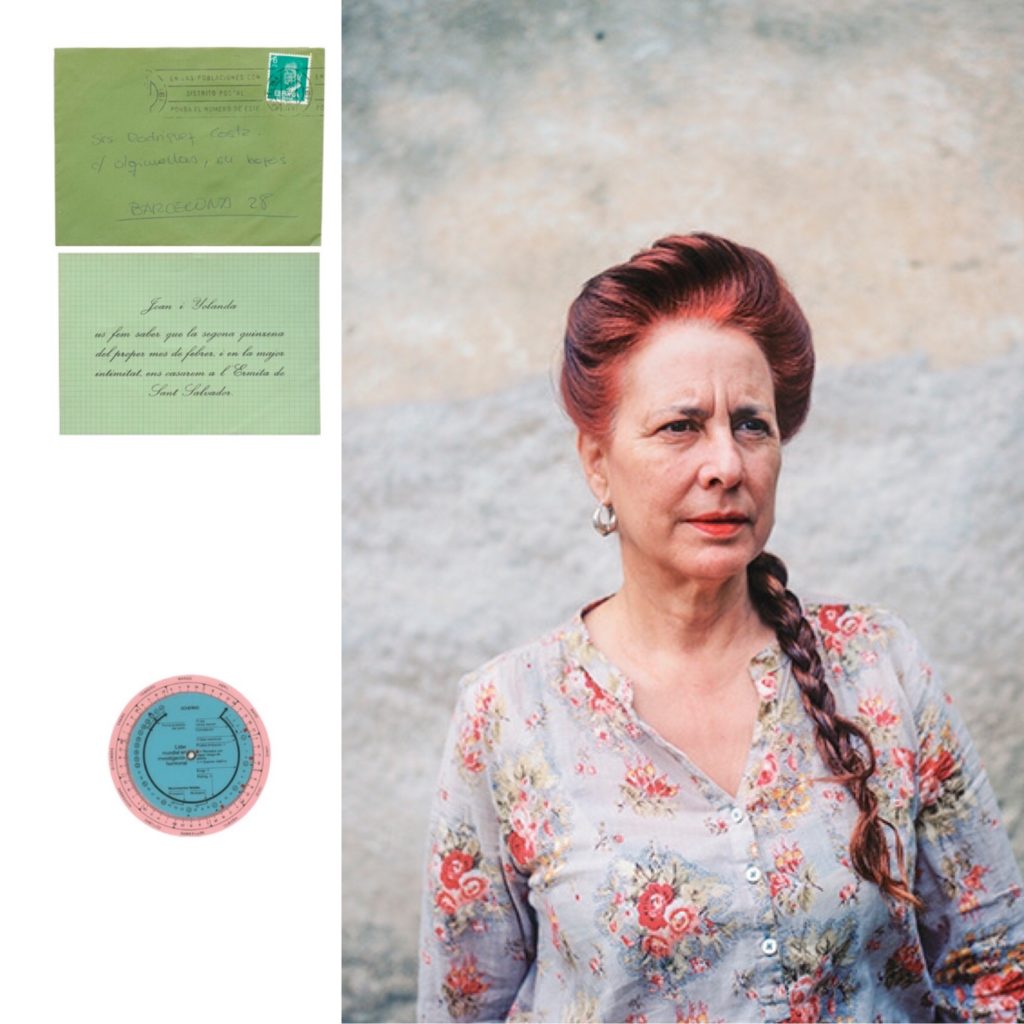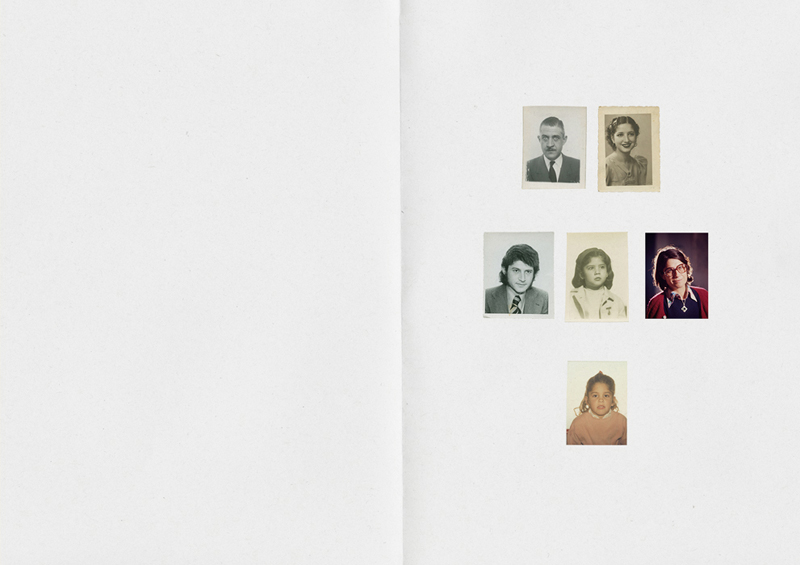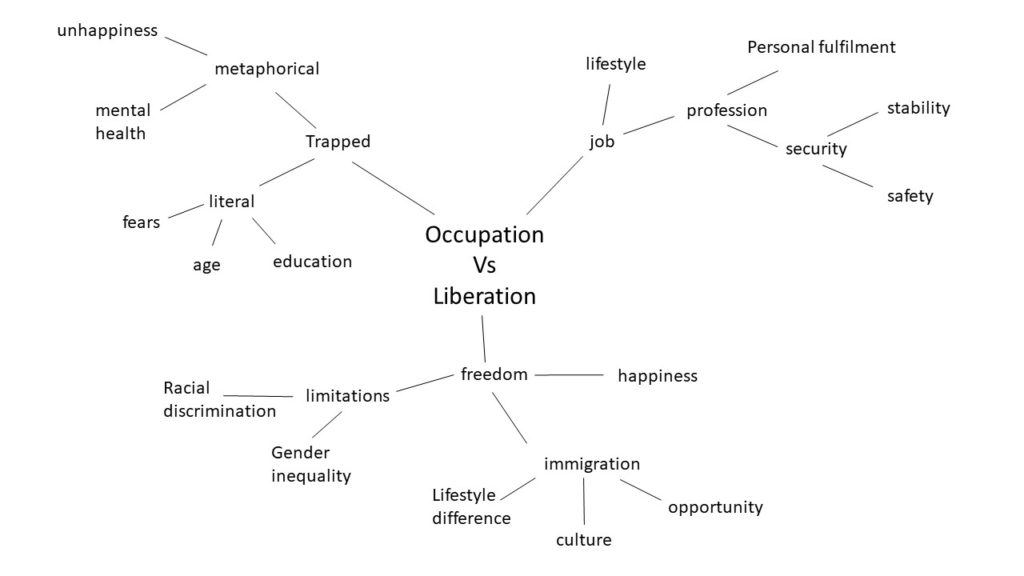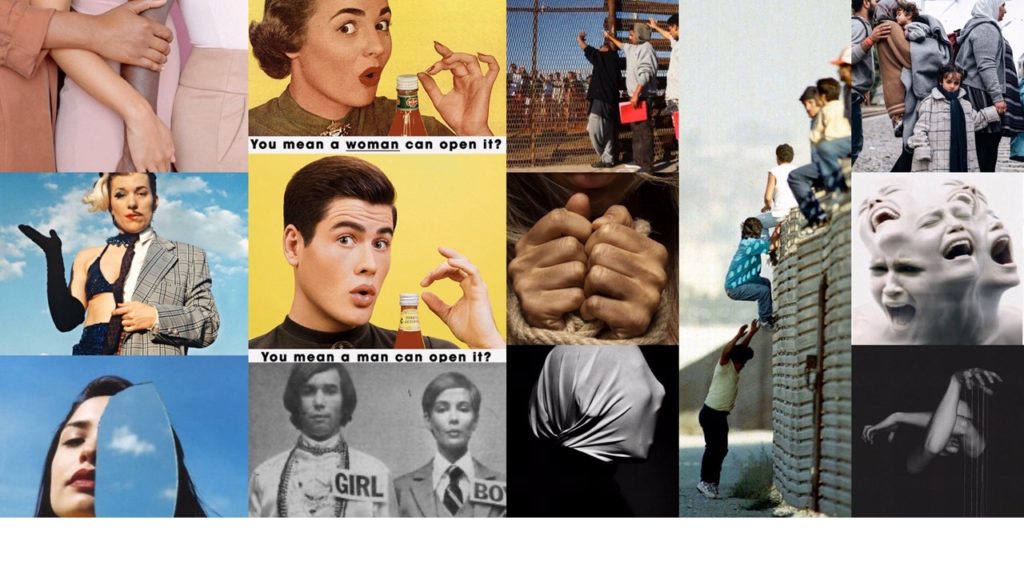Canadian photographer Jeff Wall focuses much of his work around conceptual photography, and in doing so focuses largely on the metaphorical symbolism that can be found in photographs. Wall’s work is often brightly lit, and makes use of bold colouring, and often his work can fall into the category of tableaux, with each piece of work referencing a concept or idea that Wall witnessed in his own life. His work has been described as tackling the subject of “overt social tension and unease”, therefore emphasising the strong conceptual meaning behind many of his images. Wall’s work, at a first glance, resembles street photography, with his subjects often looking to be involved in an action, with some images seemingly taken covertly and without the subjects knowledge. However, Wall actually takes great care in staging his images, and makes sure to capture what looks to be a natural scene, while making sure to incorporate the meaning and concept behind his image.

The above image is a well known example of Wall’s work. It depicts a reflection of the scene itself, with the subject, the woman, towards the left side of the image, looking at the viewer, and with Wall himself, seen to the right of the image, posed with the shutter-release cable of his camera in his hand. In the way that Wall has placed himself in his own image, he is directly placing the usually unseen face of the photographer/artist/creator in the forefront of the image, forcing the viewer to take into account the contributions and work of the photographer themselves, while allowing the viewer to associate this hard work on behalf of the photographer with the beauty and professionalism of the final product (reflected through the focused professional lighting of the female subject, in contrast with the shaded appearance of Wall). In this image, Wall is directly challenging the belief that the only subject to be witnessed in an image is the subject themselves, and is instead emphasising the role of the photographer and scenery in the creation of an image. Wall therefore focuses on the background behind the image, and emphasizes that “[Wall is] looking for ways of showing, ways of creating an appearance of something, whether its a scene of tension or of something else”. Here, Wall is emphasizing the importance of the experience and meaning of the image, and therefore the inclusion of his own figure in the image helps to emphasize the background and context of the work itself.


The concept behind “Picture For Women” is to challenge the controversial debate of the “male gaze” in artwork; a term used to describe the way in which women in art are portrayed by men as objects, and are included in images in order to please the male viewer. In this image, Wall has taken inspiration from Édouard Manets “A Bar at the Folies-Bergère“, which depicts a bar maid looking directly at the viewer, with a male bartender gazing at her in the background. This image represents an example in which the “male gaze” is portrayed in art and culture, and therefore Wall created his final image in order to draw the viewers attention to the historical context o the “male gaze” in media and artwork, and therefore allows the viewer to question the modern implications that this way of displaying women in images has in current media and artwork. In this image specifically, Wall is able to portray his theme of causing an “Overt social tension of unease” in his imagery, by making the “male gaze” the main subject of the image, and drawing attention to it’s controversial historical context.
Through using this specific camera angle and placement of subjects, Wall allows for the viewer to witness the male gaze first hand, as they are present for the male subject viewing the female subject s her back is turned, and at the same time incorporates the viewer into the image itself, by placing the camera in the forefront of the image, allowing the for viewer to feel as if they are participating in the act of watching the women, just like Wall is in the background. This concept highlights the importance of understanding the historical context and modern implications of the “male gaze” in artwork throughout history. The decision to create this image specifically as a tableaux has made use of a studio setting, which is used to control all, variables and factors of the image, while still allowing it to seem natural. Wall himself believes that a studio “…space presents a constant set of possibilities that don’t rely on some occurrence in an unpredictable world of occurrences”, therefore allowing him to control and manipulate all aspects of the image without the possibility of unpredictable occurrences.



